LessonApp provides pedagogically meaningful lesson structure that is based on the building blocks. Each building block represents a phase or a function of a lesson. LessonApp users can plan lessons by using building blocks according to the objective of learning. The building blocks are:
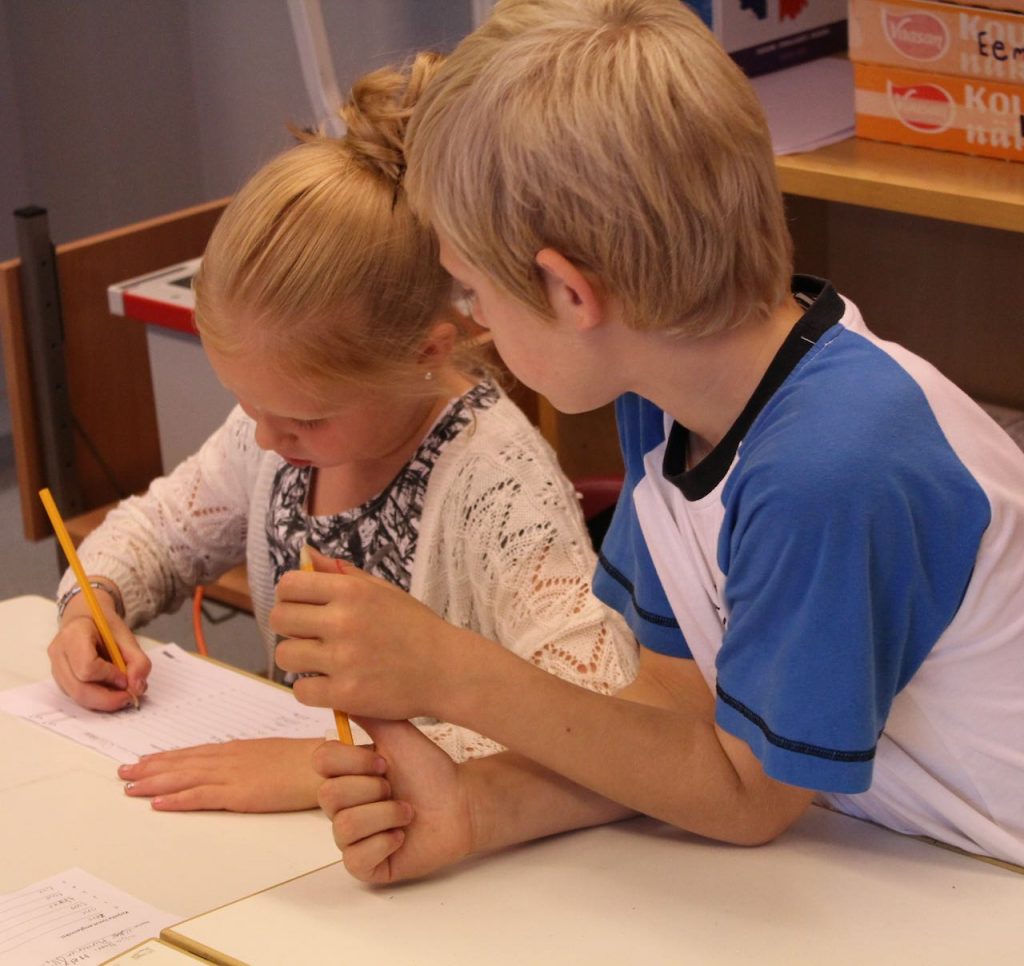
- Grouping and warm-up
- Orientation and mapping pre-existing knowledge
- Acquiring new information
- Practicing and activating students
- Reflection
In this blog we will introduce the second building block: orientation and mapping pre-existing knowledge.
Orientation helps students to understand what is the topic of the lesson or the course. The purpose of orientation is to prepare students’ minds for receiving and processing new information. Orientation also raises interest and motivation towards the topic and new knowledge to be learned.
The objective of mapping pre-existing notions and knowledge is to activate prior knowledge and to focus the student’s thoughts on the subject being taught. Students do not come into the learning situations as blank slates (“tabula rasa”). They have pre-existing knowledge, beliefs, perceptions and attitudes related to the subject and topic. According to David Ausubel, an American psychologist, the most significant thing from the learning perspective is what the student already knows, or at least think they know, about the subject being learned.
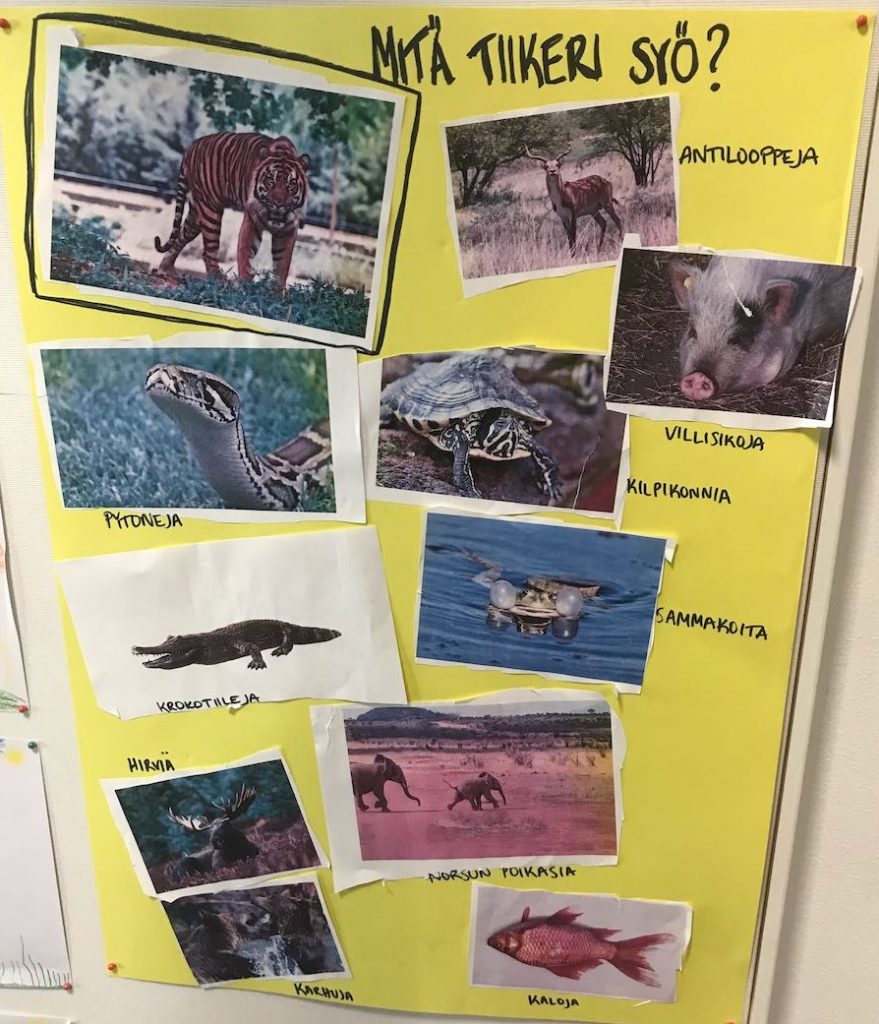
Both orientation and mapping pre-existing notions and knowledge promote learning. Orientation and mapping students’ prior knowledge help students make the connections between their pre-existing notions and the new knowledge. New information is easier to understand and it becomes relevant to learners when students are able to relate it to their existing knowledge. Therefore, it is justified to call orientation and mapping prior knowledge “boosters of learning”!
For orientation, students can be given a new theme to work with, or a problem or claim related to that theme. Orientation tasks can be written presentations, charts, pictures, concept maps etc. Also, teacher’s introduction, a short story or a case example can work as an orientation for the following theme.
There are several useful methods for mapping students’ pre-existing notions and knowledge: admit slips, advanced organizer, building the knowledge base, entry test, pair or group discussion, inside-outside circles, concept map and so on. All these and much more you’ll find in LessonApp!
Students can work on their orientation and pre-existing notions and knowledge mapping exercises either alone, in pairs or in small groups. The exercises can also be carried out online and as part of distance teaching.
You will find versatile methods for orientation and mapping pre-existing knowledge on LessonApp.

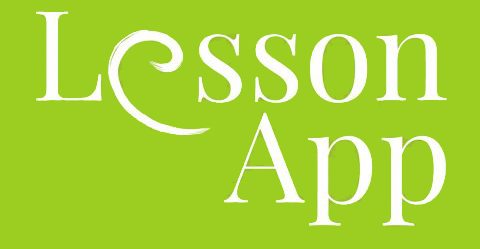

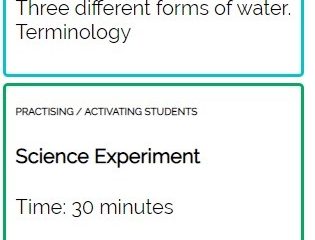
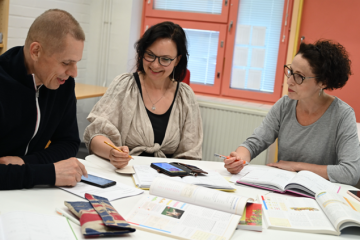

0 Comments